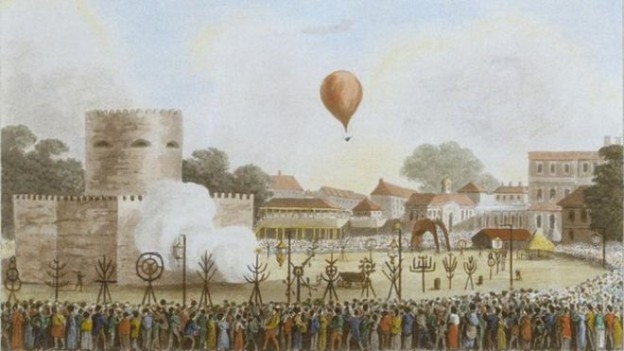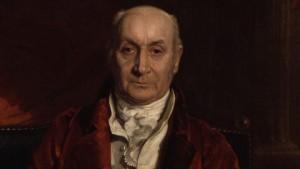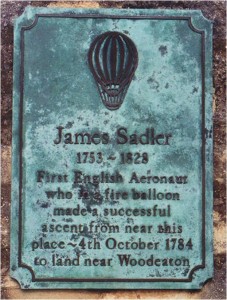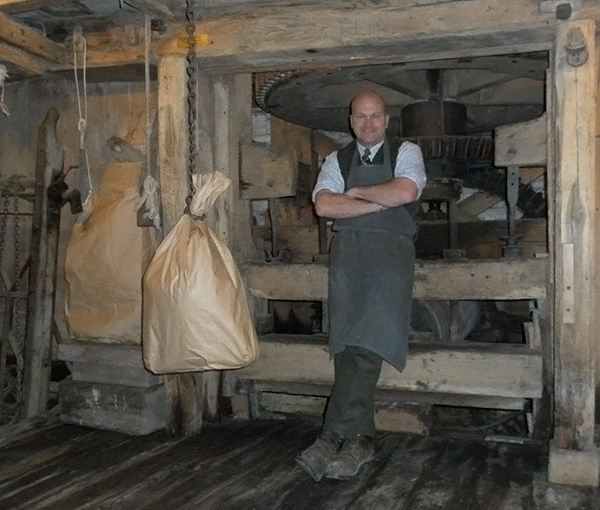Information provided by the OLHA (www.olha.org.uk)
1st – Benson – Keith Baldwin “Protecting the Queen (stories about those who guard her Majesty)”. Parish Hall, 7:30pm.
4th – Chalgrove – Graham Keevill “The Architecture and Assets of St Mary’s Church, Chalgrove”. St Mary’s Church (newly reopened following nine months of conservation and refurbishment), 7:45pm.
5th – Henley-on-Thames – Stuart Foreman “Archaeology of the Jubilee River”. King’s Arms Barn, King’s Road, 7:45pm.
5th – Hook Norton – Kate Tiller “Chapel and Community in Oxfordshire”. Baptist Church Hall, Netting Street, 7:30pm.
6th – Otmoor – Annual General Meeting followed by a short film. Islip Village Hall, 8:00pm.
7th – Eynsham – AGM and refreshments, plus Robert Stewart Parker “Analysis of an Ancient Egyptian Papyrus”. St Leonard’s Church Hall, Thames Street, 7:30pm.
11th – Chipping Norton – Donald Ratcliffe “Failing on the Frontier – An English Family Tries America”. Methodist Room, West Street, 7:30pm.
11th – Goring & Streatley – Simon Wenham “The Rise of Leisure on the Thames”. Goring Village Hall, 8:00pm.
11th – Radley – Jenny Lee “Men of Radley who served King and Country and died in WWI”. Primary School Hall, 7:30pm.
12th – Marcham – Bob Heath-Whyte “Medieval Wall Paintings in St Mary’s Church, Chalgrove”. Marcham church, 7:45pm.
12th – Thame – Stephen Barker “The Ox and Bucks on the Somme 1916”. Church Barns, Church Road, 7:30pm.
13th – Deddington – Don Ratcliffe “Hook Norton Lunatic Asylums”. Windmill Centre, Hempton Road, 7:30pm.
13th – Wallingford – Katharine Keats-Rohan “Coronation Street: William the Conqueror and Wallingford 1066”. St Mary’s Church, 8:00pm.
13th – Wolvercote – Ann Spokes Symonds “The History of Wolvercote Cemetery”. Village Hall, 7:30pm.
14th – Banbury – Norman Hudson “The historic country house in the post war years and now – its survival and future”. Banbury Museum, Spiceball Park Road, 7:30pm.
16th – Oxfordshire Gardens Trust – Visit to Radley College near Abingdon. 2:00pm.
18th – Adderbury – AGM and Phi Mansel “Face the Music”. Methodist Chapel School Room, Chapel Lane, 7:30pm.
18th – Kennington – Gregory Stores “Life in the Medieval Monastic Cloister”. Methodist Church, Upper Road, 7:45pm.
19th – Iffley – Vivien Greene Memorial Lecture, ticket only, Janina Ramirez “Saint Hilda of Whitby”. Church Hall, Church Way, 7:30pm.
19th – Clanfield and Bampton – Anthony Hall “The History of Champagne”. Carter Institute, Clanfield, 7:30pm.
20th – Littlemore – Bill King “On two wheels: the fascinating story of the bicycle”. Giles Road Community Centre, 7:30pm.
20th – Vale of White Horse Industrial Archaeology Group – Phil Coldwell “Malta to Constantinople 1915”. Denchworth Village Hall, 7:30pm.
21st – Abingdon – Joan Dils “Reflections on aspects of Abingdon society c.1550-c.1700”. Northcourt Centre, Northcourt Road, 7:45pm.
21st – Longworth – Alan Turton “The Mary Rose”. Southmoor & Kingston Bagpuize Village Hall, 7:30pm.
21st – Sibfords – Stephen Barker “The Ox and Bucks on the Somme”. Sibford Gower village hall, 8:00pm.
21st – Thame – Outing to Chedworth Roman Villa, Cirencester (NT).
21st – Wychwoods – Julie Ann Godson “The Water Gypsy: how a Thames fishergirl became a viscountess”. Milton or Shipton-under-Wychwood village hall (tbc), 7:30pm.
25th – Oxfordshire Family History Society – Colin Chapman “Detained in Britain 1914–1920 – Germanic Internees and POW Camps in Oxfordshire”. Exeter Hall, Oxford Road, Kidlington, 8:00pm.
26th – Hanney – Jane Harrison “The East Oxford Archaeology Project”. War Memorial Hall, 8:00pm.
26th – Kidlington – Mike Payne “History of Pinewood Studios”. St John Ambulance Hall, High Street, 7:50pm.
27th – Dorchester – Anne Ransome “Co-operative Societies in Oxfordshire from 1853 to the present day”. Village Hall, 7:30pm.
28th – Aston – AGM followed by Paul Sargent “Dinosaurs of Oxfordshire”. Fellowship Centre, Cote Road, 7:30pm.




